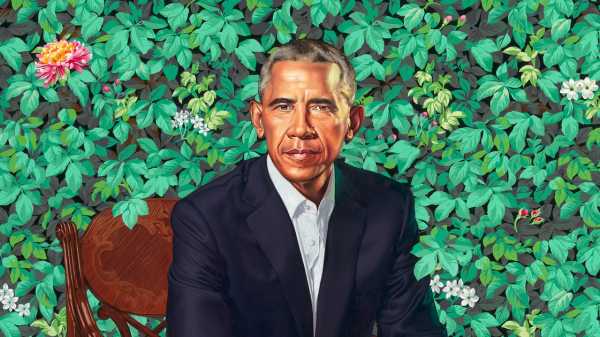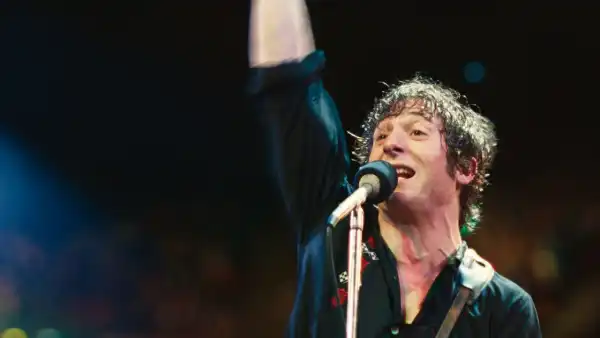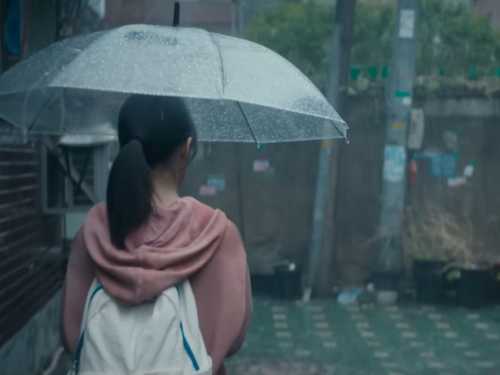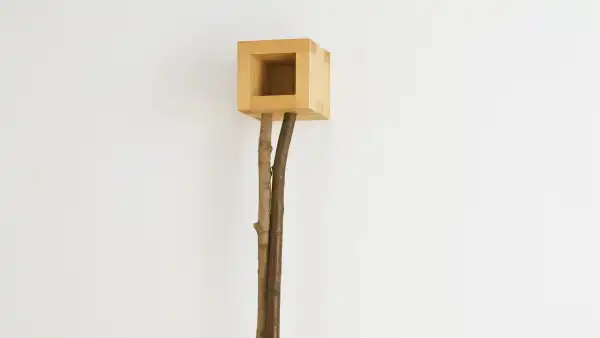
Obama is seated, the chair resting, one assumes, on a soft, unseen bed of soil. But the bottoms of his shiny black shoes simply float.
© Kehinde Wiley
I keep coming back to a bit of skewed perspective near the bottom of
Kehinde Wiley’s official portrait of Barack Obama, which was unveiled on Monday, during a ceremony at the Smithsonian National Portrait
Gallery, in Washington, D.C. The painting seats Obama—looking serious,
even slightly ruthless, around the eyes, but vaguely amused around the
lilting, half-upturned corner of his mouth—in a delicately detailed
wooden chair against a backdrop of bright leaves and vivid flowers. He
leans forward, his elbows on his knees and his forearms loosely crossed.
One cuff lines up perfectly with the other, forming a starched white
stripe, with a watch poking meekly through. In places—behind the former
President’s head, for example—the flora look flat, like designs on a
tapestry or a particularly adventurous wallpaper swatch: firmly in the
background, secondary to the subject. Elsewhere, the leaves assert
themselves as alive. One sprout seems to have worked its way, sort of
playfully, into the nook between Obama’s leg and the leg of the chair.
Another tendril brushes past one of the Presidential triceps. This kind
of dimensional ambiguity isn’t new to Wiley’s work; in “Napoleon Leading the Army Over the Alps,” a
large-scale painting that used to hang in the high-ceilinged front lobby
of the Brooklyn Museum, a damask of ovoid gold-on-blood-red occasionally
steals the foreground from the portly man astride his horse who is the
painting’s ostensible star. (His Timberland boots might be the funniest
touch in Wiley’s œuvre.) Leaves escape the backdrop of “Shantavia Beale II”
almost sneakily, threatening, it seems, to swallow the haughtily regal
Ms. Beale whole.
But look at the lower fifth or so of this newest—and, from here on out,
inevitably the most famous—of Wiley’s works. The feet of the chair
disappear into the brush, resting, one assumes, on a soft, unseen bed of
soil. But the bottoms of Obama’s shiny black shoes simply float. There’s
a similarly unanchored toe in Wiley’s “Judith and Holofernes,”
but the isolation of the murderous figure in that painting makes it
plausible that she has been rendered in one gorgeous dimension, made an
icon. The presence of furniture in the Obama portrait, feet in front of
feet in front of feet, is what creates a perplexing spatial puzzle. The
gesture poses questions that seem equally applicable to the meanings of
portraitist and President. Is this ecstatic realism or total fever
dream? A momentary slippage or a new stability? An exercise in
canon-making or sneaky deconstruction?
Wiley’s best works, whether backgrounded by brocade or a landscape
lifted from art history, seem haunted by a quiet uncertainty: Are these
depictions of black people, crashing the party of power as imagined in
the West, ironic, or meant to reflect some real and hoped-for future?
Yes, there’s comedy in the paintings, but is it the kind that ends with
a wedding or at the gallows? It’s possible to split Wiley’s corpus
fairly neatly in two—the much larger collection of portraits exalting
everyday, all-but-anonymous people, and those portraying a rich, famous,
and notionally powerful black élite: Michael Jackson, LL Cool J, the
Notorious B.I.G., and now Obama—and to wonder which subset is, at
bottom, more of a rueful joke.
FURTHER READING
Doreen St. Félix on Michelle Obama’s official portrait.
“What I was always struck by whenever I saw his portraits was the degree
to which they challenged our conventional views of power and privilege,”
Obama said at the ceremony. Many of the early tussles about
Obama’s legacy have had to do with the nature of his power and how he
chose to wield it. Consider Cornel West’s much-discussed broadside against Ta-Nehisi Coates, and, by extension, against Obama. Coates’s
interest in Obama has dealt, largely, with his symbolic power, both to
inspire and to disappoint, while West’s most powerful critiques of the
past Administration have centered on one of its frustrating paradoxes:
that, through his fairly conventional deployment of the more fearful
powers of the U.S. government—war-making chief among them—Obama proved
himself ultimately powerless to make radical, concrete change
commensurate with the message communicated by his face and his name.
Obama’s truest political gift, perhaps, was the ability to let a
thousand flowers of expectation, born of history, bloom. The flora in
the portrait represent the stations of Obama’s scattered personal and
ancestral past—blue lilies for Kenya; jasmine for Hawaii; chrysanthemums
for Chicago—and their momentary intrusions might hint at the ways in
which the man was somewhat shrouded by the dazzling story that delivered
him into his nation’s arms. He was hyper-visible and yet always partly
hidden. In Wiley’s painting, his face is all gravitas, that little smirk
notwithstanding, but—like George W. Bush, in his portrait before him—he
is tieless, his posture at least semi-casual. He’s the leader of the
free world, but also a guy you might know, taking it easy after work. As
President, Obama was exceptional and relatable; aloof and an empath; a
Bob Gates-style realist when it came to Syria and a Power-Rice
interventionist in Libya; a global celebrity and a ponderous professor;
a radical presence but somehow, simultaneously, a company man. I wonder
whether that balance, captured so well in Wiley’s portrait, will
persist. In the long run, history tips scales and issues verdicts. One
perspective or the other will last.
Sourse: newyorker.com






